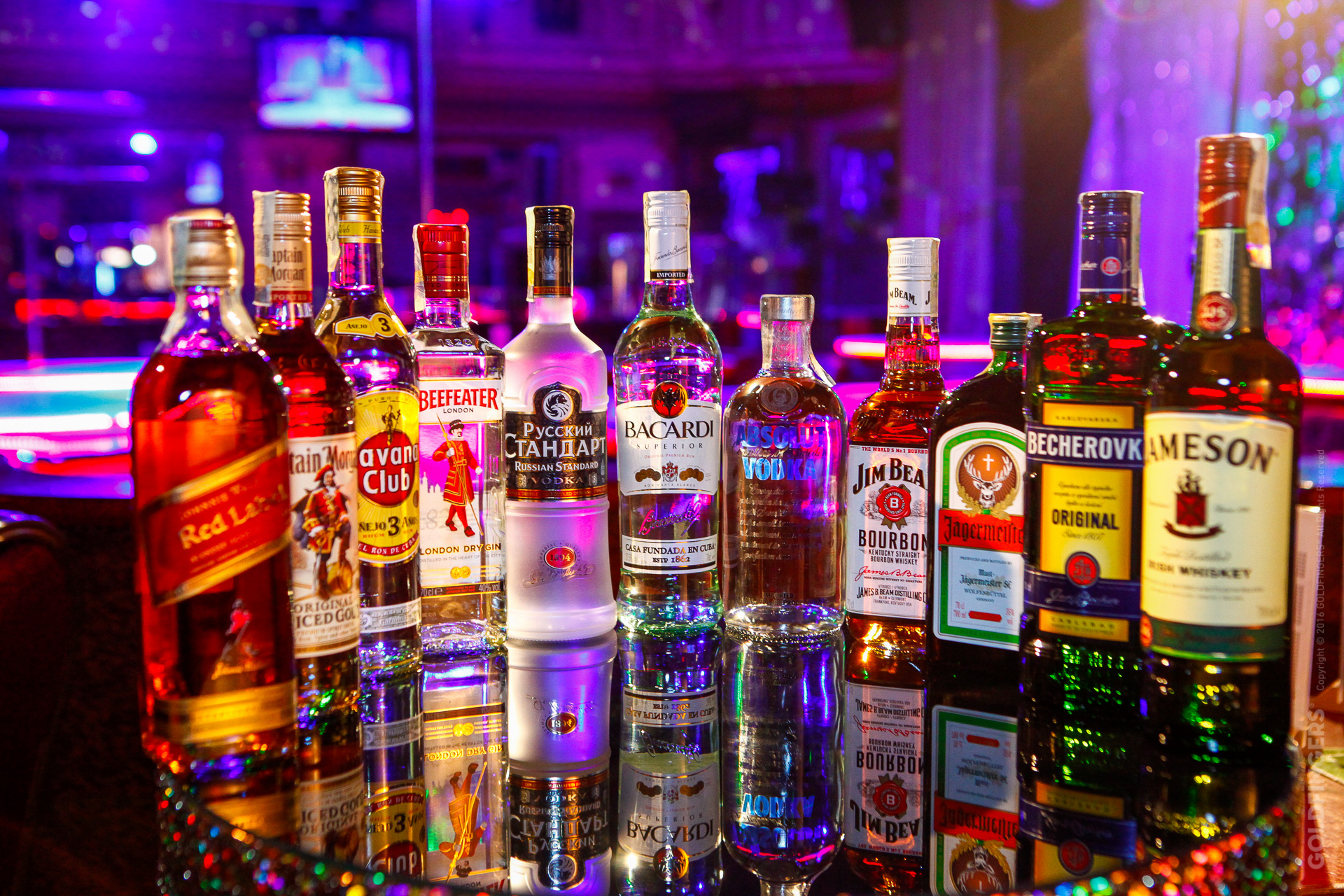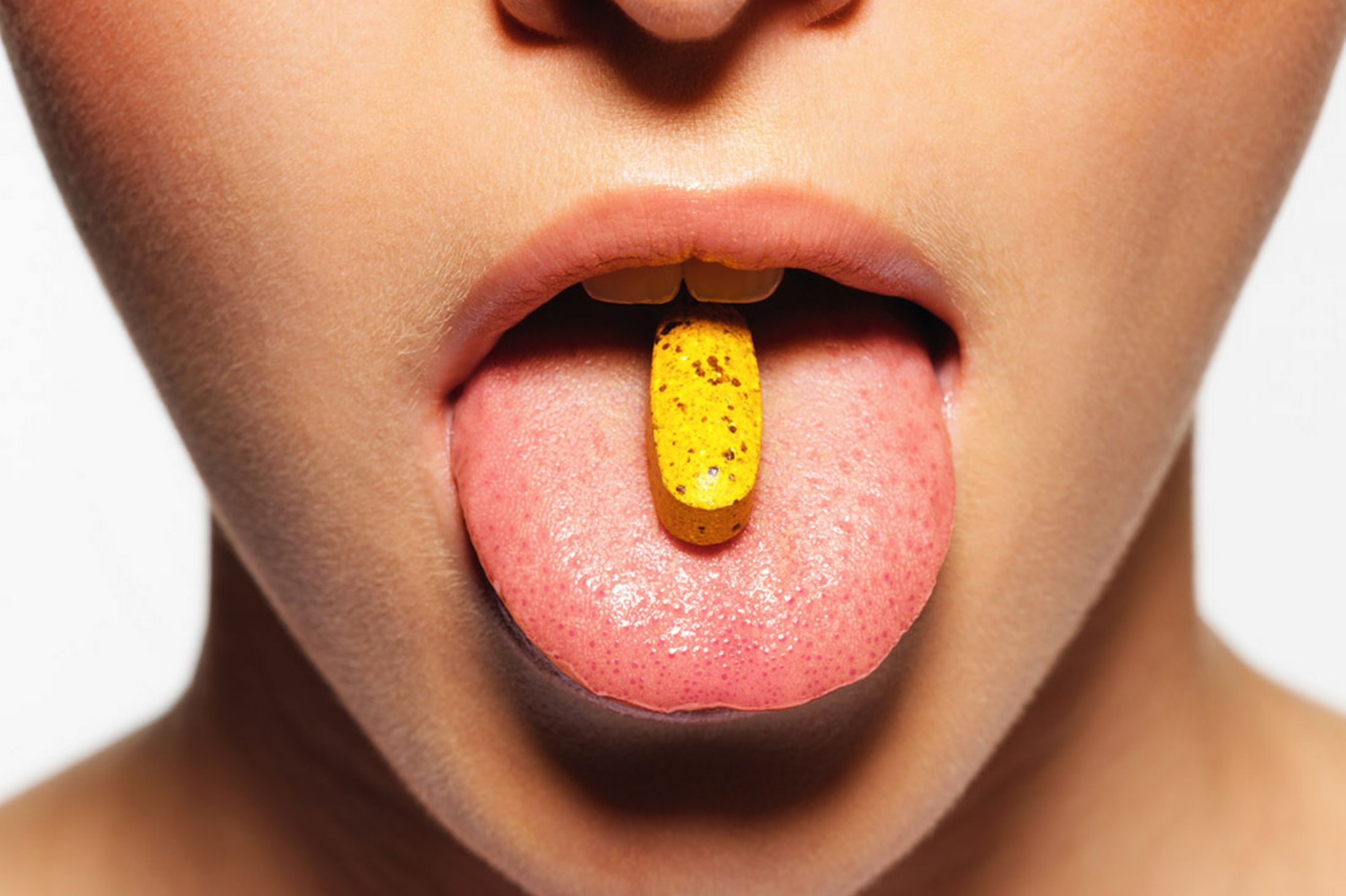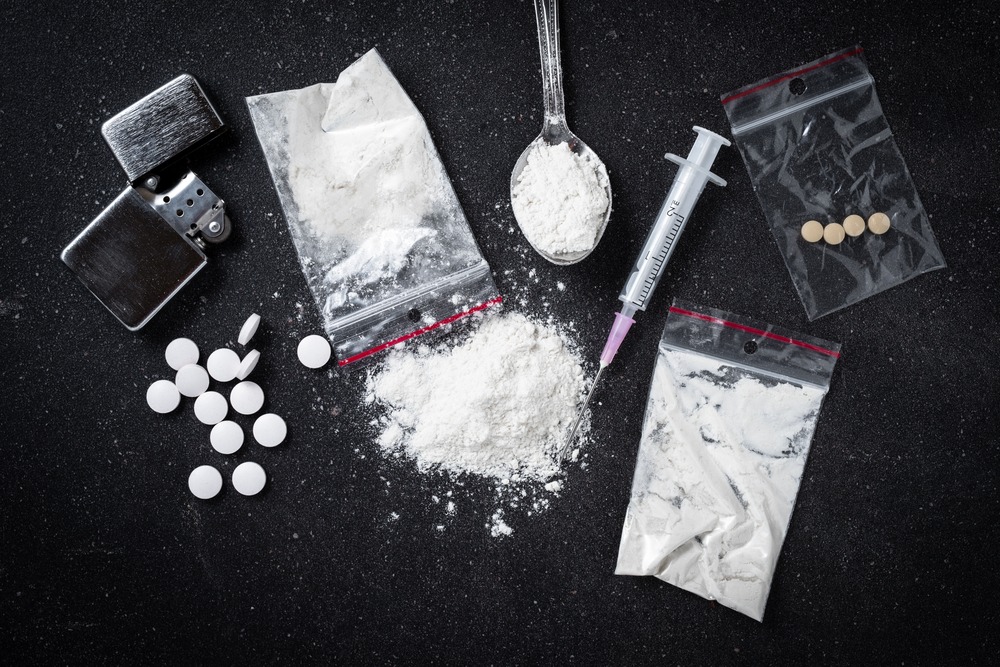Why Alcohol May Be the Most Lethal Drug on Earth
In today’s headlines, much of the attention is centered on opioids—and understandably so, given the severity of the overdose epidemic sweeping across the United States. Every day, lives are lost to prescription painkillers, prompting urgent national conversations and policy changes. Yet amid this crisis, a far more insidious killer often goes unnoticed or unmentioned: alcohol.





